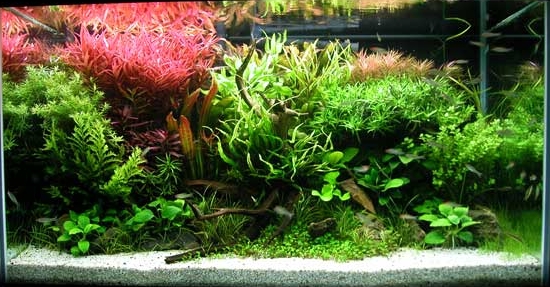Inspirasi Brazil 2011

Resultados do 4º Concurso Paranaense de Aquapaisagismo! Publicado por Equipe Aqualize @ 25 de julho de 2011 – 09:06Comente! O Concurso Paranaense de Aquapaisagismo é um dos eventos...
Free Template Blogger collection template Hot Deals BERITA_wongANteng SEO theproperty-developer






